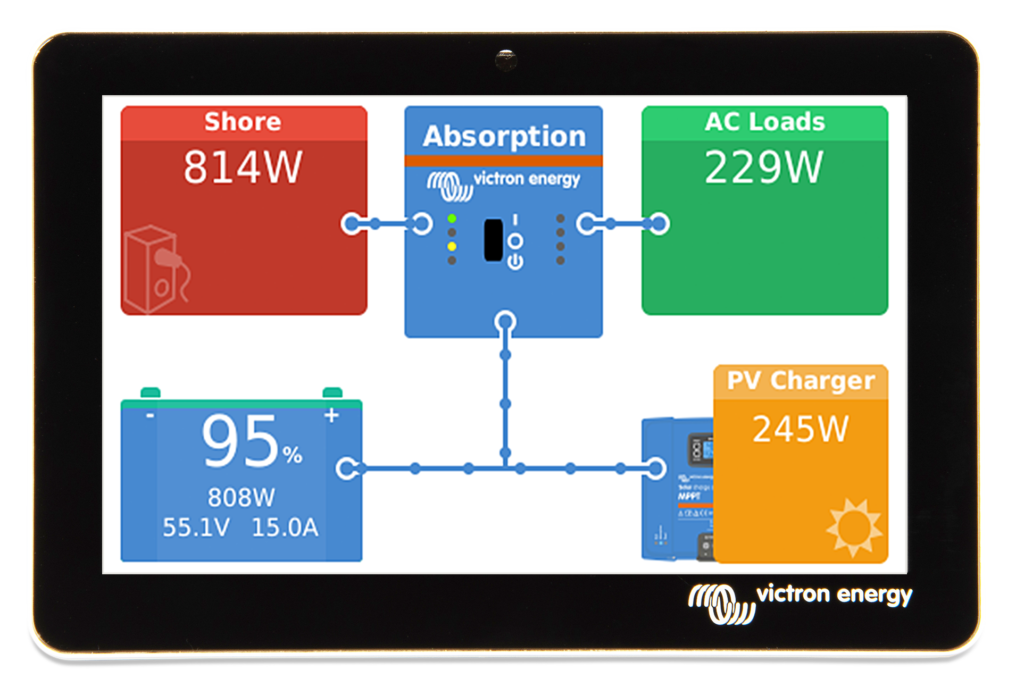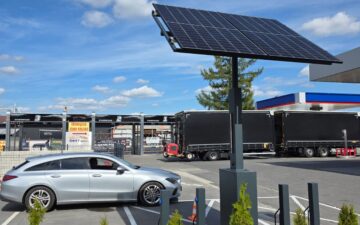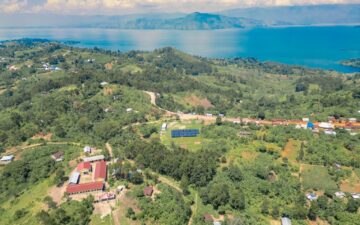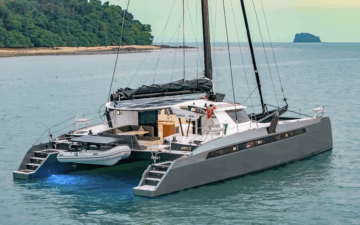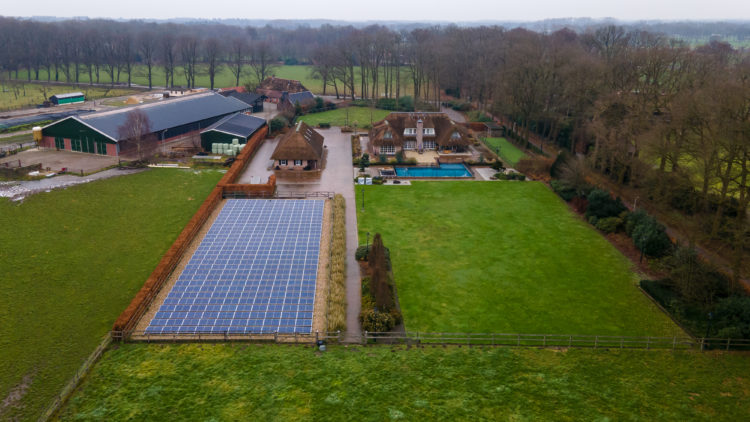
Selling solar-generated electricity to the grid is losing its shine. Around the world the price paid for consumer feed-in electricity is falling. And in Holland a ‘netting’ scheme – where the buy and sell price of electricity was matched – will gradually be phased out between 2023 and 2031.
We all like ‘Zero’ bills …so has the time come to store the energy your solar panels generate during the day so that you can use it yourself, in the evening?
Norman Heins, from the Dutch Solar Energy specialist Top Systems, says it’s time for Energy Storage Systems (ESS). Well-informed customers in both the residential and Commercial sectors are already installing them.
“In addition to the ambition of many home owners to live more sustainably, home energy storage is encouraged by the government because our energy grid is not designed for large-scale feed-in or peaks in demand. When residents cook with electricity, heat their homes during cold snaps, or charge electric vehicles all at the same time, the grid can become overloaded. An energy storage system using lithium-ion or salt water batteries smoothes out these peaks. Moreover, ESS systems can serve as an excellent emergency power supply. ESS is still a niche market, but with the netting scheme running out, energy storage will become viable for many more home owners.”
Right now, ESS is a good financial choice for households with high energy demand. A good example of this comes from a recent installation for Jan-Reint Harbers at his 3,000m² home in urban Rijssen. Jan-Reint says: “When we bought the house in 2016, the first steps in sustainability had already been taken. For example, the house already had a heat pump for heating and cooling. This made significant strides toward zero-bills. The heat pump is one of our biggest energy consumers. In 2017, we converted the existing Koi pond into a swimming pool, adding two power pumps to keep the swimming water at the right temperature.
Their system comprises 290 solar panels, three inverter/chargers and eight MG lithium-ion batteries.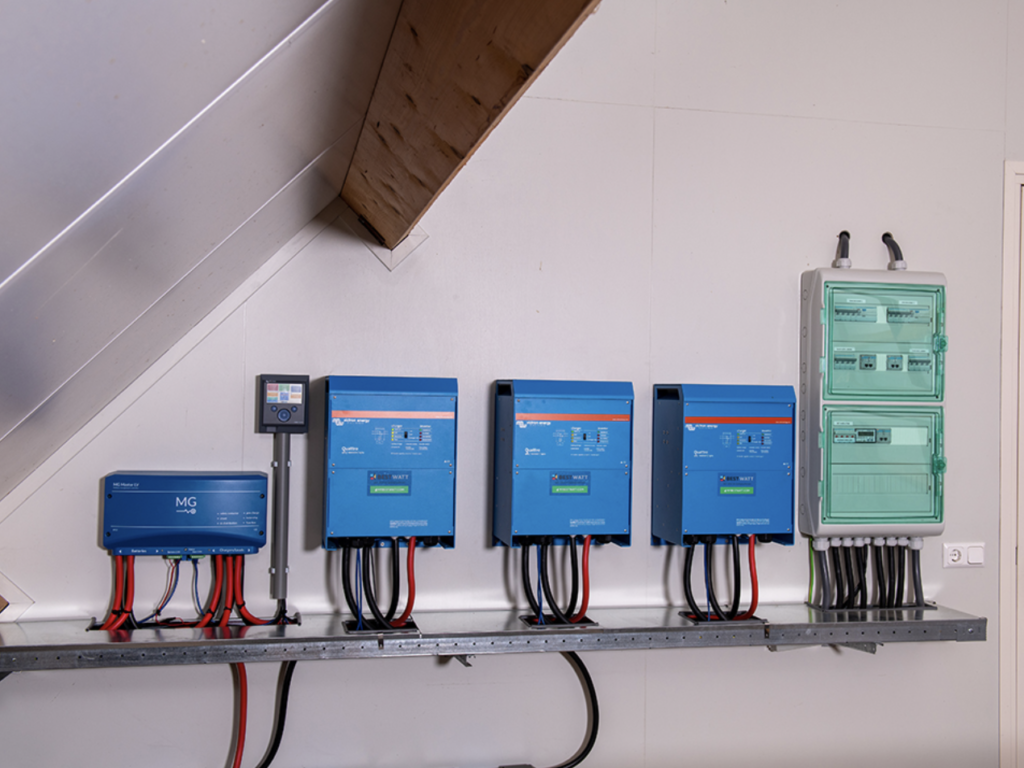
Future-proof system
Jan-Reint considered two options for generating sustainable energy: either a wind turbine; or solar panels.
“Because our house is located in built-up area, on reflection a turbine would be inefficient. Moreover, I did not want to obstruct the view. The choice for solar panels was therefore an easy one. Adding battery storage future-proofed our system; the grid connection was no longer an issue, and the value of our home increased. ”
The installation was carried out by Bettink BestWatt (part of Rengineers) who are specialists in total solutions for sustainable energy. “We advise, supply and install solar panels, small wind turbines and energy storage systems so that customers can be self-sufficient and no longer dependent on an energy supplier,” says engineer Henk Bettink. “In our Experience Centre in Barneveld, customers can see and experience various systems – including the ESS solutions from Top Systems, noted for excellent price and quality. ”
Jan-Reint Harbers was immediately enthusiastic about the systems, the professionalism, good communication and enthusiasm of Bestwatt. “Together we drew an inventory of energy consumption, wishes and possibilities; performed calculations, and chose the most suitable locations for the panels and batteries. ”
“Because of its thatched roof, a roof installation was not desirable, says Jan-Reint, “A solution was found in the equestrian manège built by the previous owner, which was converted into a solar panel field. “I levelled the manège, laid a geotextile membrane, and covered the area with gravel to ensure good drainage on which BestWatt mounted 290 solar panels in a steel frame. By locating the panels on the lowest ground, our views remain uninterrupted. The highest structure is just 40 cm above ground level.”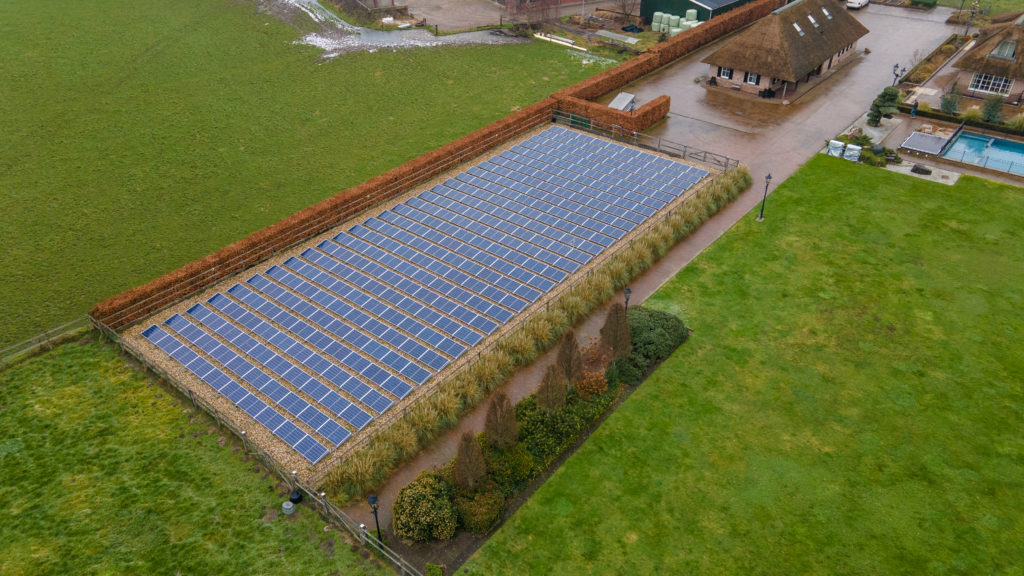
Battery storage attracts attention
The solar panels are connected to a battery system installed in the attic of the detached barn. Jan-Reint says: “The battery system attracts a lot of attention – especially because the GX Device panel shows exactly how much energy we are generating and consuming at any time, and – by percentage – how much energy is still in the batteries.
“So far zero-bill living has worked fine – not surprising as 290 solar panels are a lot for home energy consumption. But in time our energy consumption will increase: for example when we start driving electrically our system is prepared for this. ”
BestWatt are also able to monitor the entire system from their own office using the Victron Remote Management (VRM) platform.
Top Systems advised the installation of three Victron Quattro 48/10000/140 Inverter/Chargers of 10 kVA. These units charge eight MG lithium-ion batteries of 7.5 kWh each (total: 60 kWh) – using every ounce of solar energy which is surplus to demand. The Quattros discharge the batteries whenever demand is high, and after sunset.
Henk Bettink appreciated having the support of Top Systems during this 2019 installation “We used Top Systems’ wiring diagrams for the installation of the batteries, and a technical specialist from Top Systems visited the project for a pre-commissioning check.”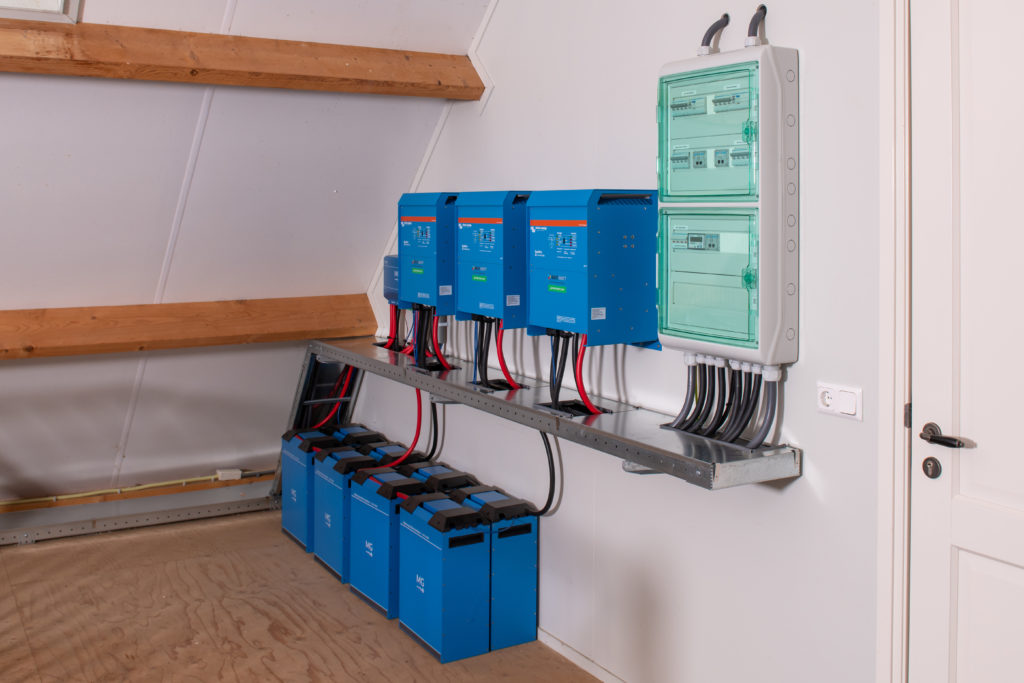
Salt water batteries or hydrogen
Most ESS solutions – as in Rijssen – are supplied with lithium-ion batteries. “For those looking for the optimum in durability, however,” says Norman Heins “our saltwater batteries are also very interesting. Virtually no energy / heat is lost, and water and salt can in principle be reused endlessly. That makes the saltwater batteries the greenest battery system available. ”
Top Systems recently began an ESS hydrogen project, in which a hydrogen installation is used in combination with salt water batteries. “This is also a very sustainable choice.”
Norman Heins is the Sector specialist for Energy Storage Systems at Top Systems, and welcomes enquiries in and around the Netherlands.
Readers from other regions can discover more about how energy saving systems offer zero-bill power-security by contacting their local Victron specialist.
